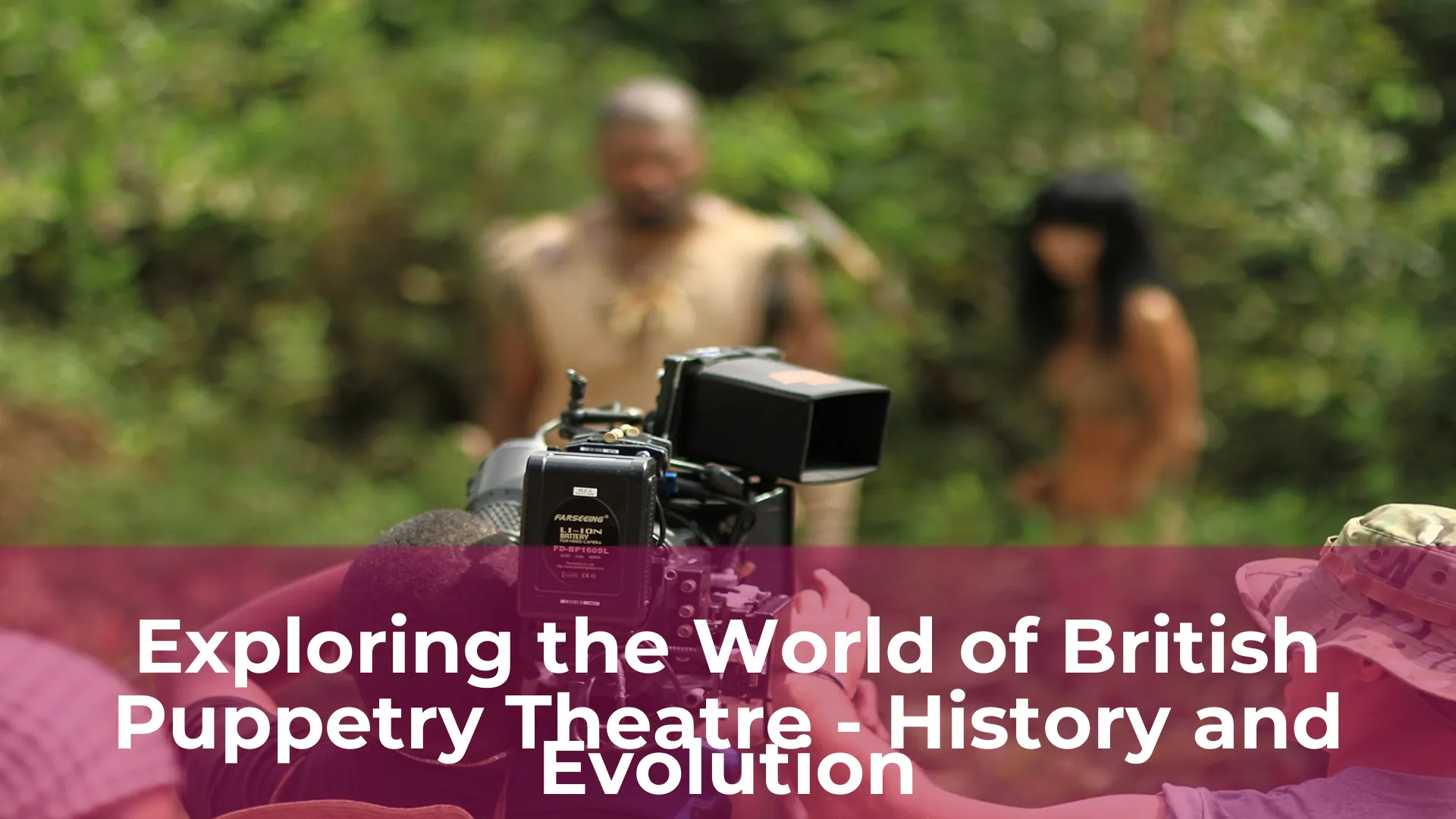British puppetry theatre is a rich cultural tradition with a fascinating history and evolution. From the medieval era to modern times, puppetry has played a significant role in British theatre, entertaining audiences with its unique and imaginative storytelling.
The early puppet shows in Britain were often performed by street performers who found innovative ways to attract crowds and collect money. Puppetry soon became a recognized art form, with the establishment of permanent puppet theaters in the 18th and 19th centuries. Today, puppetry is still going strong in Britain, with contemporary puppeteers pushing the boundaries of what is possible with their craft.
Exploring the history and evolution of British puppetry theatre is an exciting journey with much to discover. By examining the various forms of puppetry, such as shadow puppets, glove puppets, and marionettes, we can see how this art form has evolved over time. From more traditional performances to modern interpretations, British puppetry theatre continues to captivate audiences of all ages and backgrounds.
The origins of puppetry theatre in Britain
The art of puppetry theatre has been around for centuries and is an integral part of many cultures worldwide. In Britain, puppetry theatre has a long and fascinating history, dating back to the medieval times. Puppet shows were a popular form of entertainment during the Middle Ages, and it was during this time that puppeteers began to develop their craft. The earliest puppets were simple and crude, made from materials like clay, wood, and cloth. But as the art form evolved, puppet makers began to create more intricate and lifelike puppets, using materials like papier-mache and plaster.
During the 17th and 18th centuries, puppetry theatre became increasingly popular in Britain, with shows taking place in both London and provincial towns. One of the most famous puppeteers of the time was a man named John Rich, who was the proprietor of the famous Covent Garden Theatre. Rich’s shows were incredibly popular and were known for their elaborate sets and puppets. Another influential figure in the world of puppetry was Joseph Grimaldi, a clown who performed alongside puppets in the early 19th century. Grimaldi’s performances helped to popularize puppetry even further, and his legacy can still be seen in the art form today.
The evolution of puppetry theatre in Britain
Puppetry theatre has a rich history in Britain, dating back to the medieval era. Initially, the art form was mainly used for religious purposes in churches and monasteries. However, as times changed, puppetry began to evolve, and the theatres started to showcase puppet shows to the wider public.
During the Victorian era, puppetry theatre gained immense popularity, and several puppet theatres sprang up across the country. The shows were often accompanied by music and provided entertainment for both adults and children. Today, puppetry theatre continues to thrive in Britain, with new technologies, materials, and techniques being developed to enhance the art form. Puppeteers continue to captivate audiences with their remarkable performances, showcasing the endless possibilities of this age-old tradition.

